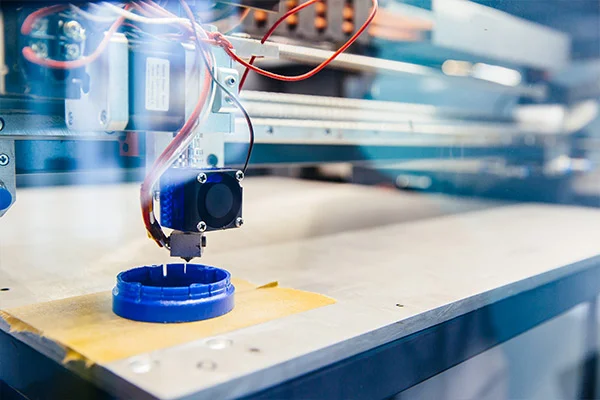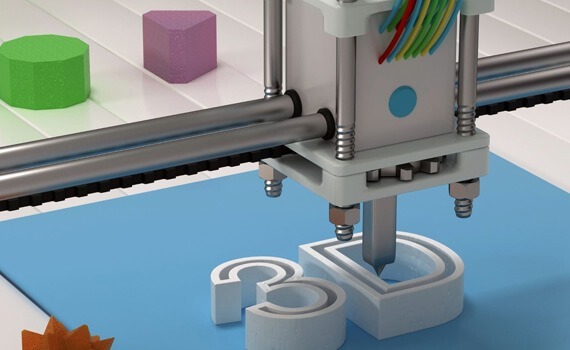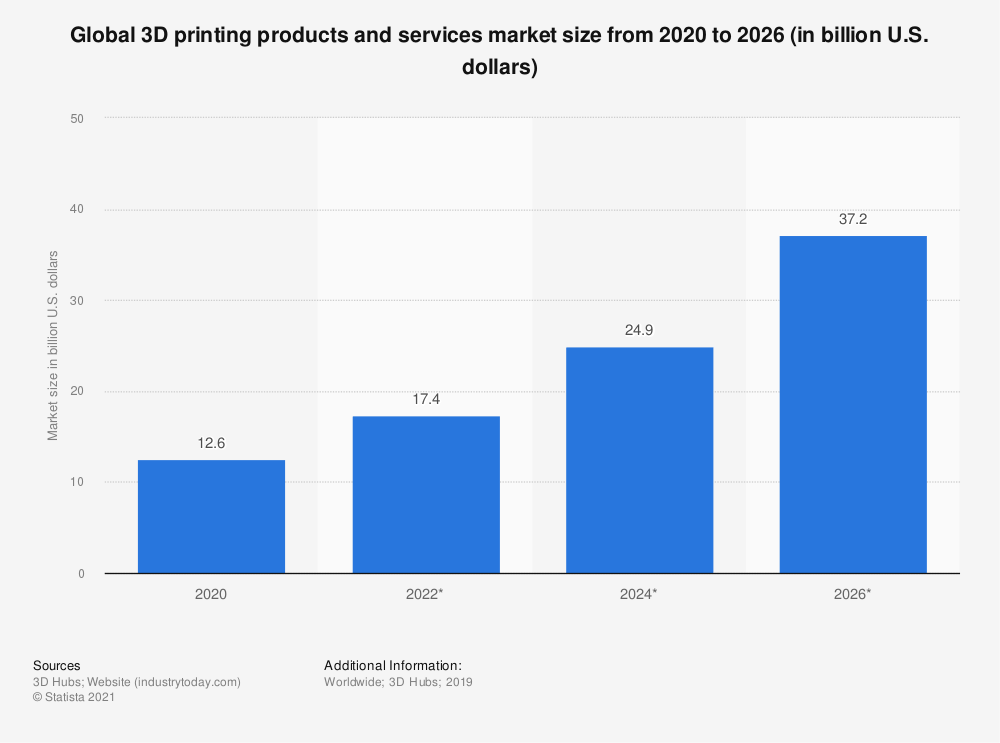Additive Manufacturing: The past and the prominence of 3D Printing
- Home
- Blog Details

- December 31 2021
- admin
Additive Manufacturing is one of the most significant reforms in a fast-changing world of manufacturing and construction. Additive manufacturing has triggered newer processes, sustainable output, smart machines, and more unique means of operation, management, and increased efficiency. Additive manufacturing is a computer-operated and controlled system that creates three-dimensional objects by carefully sequentially depositing various material compositions in layers. A comprehensive digital layout is fed as design data, and the machine operates accordingly. Additive manufacturing is mainly used for making rapid prototypes and forging complex geometric objects. The other names for Additive Manufacturing are 3D printing, Additive Layer Manufacturing. The technology has gained worldwide prominence with the name of 3D printing.
FAQ
What is Additive Manufacturing (3D Printing)?
Additive manufacturing (AM), also known as 3D printing, is a computer-operated approach to construction and industrial production.
What is the advantage of Additive Manufacturing over conventional methods?
Additive manufacturing brings in more pro-manufacturing method that differs significantly from subtractive, conventional manufacturing methods.
What is the working principle of Additive Manufacturing?
The conventional method involves milling a work object from a solid block, additive manufacturing forges the part layer by layer from fine powders fed as materials.
What are the primary constituents of Additive Manufacturing?
- Computer
- Computer-Aided Design or CAD software
- Machine equipment
- Layering material

Commercialization of 3D printers
3D printing is not an archaic process, but rather, it came up in the ’80s. Here is a summary of the history of 3D printers in the last four decades:
The 80’s witnessed the first commercial use of additive manufacturing with stereolithography from 3D Systems. The SLA-1 was the first commercially released AM machine. Acrylate resins were commercialized. The Somos stereolithography machine also entered the market in the same year.
In the ’90s, Germany’s Electro-Optical Systems sells the first stereolithography system. Fused deposition modeling (FDM), solid ground curing (SGC), and laminated object manufacturing (LOM) were commercialized. Selective laser sintering (SLS) and Soliform stereolithography system were also commercialized. This year saw a bunch of new additives manufacturing systems such as ModelMaker, Solid Center, or EOSINT. An inkjet printing mechanism that deposited wax materials layer by layer was also introduced.
The late 2000s saw a rapid growth of the 3D printing machine market. The 3D printing Industry witnessed massive investment 2000’s saw the emergence of new technologies. The world got its first commercially available multi-color 3D printer. The Electron Beam melting machine was one of the groundbreaking 3D printing machines introduced in the early 2000s. In March 2015, Exerial was introduced, a large machine with multiple stations to enable continuous production. Early 3D printers were not very light and convenient to handle. Only after the advent of the 21st century have they become more affordable, straightforward, easy to operate, and versatile enough to be used in a wide range of operations ranging from tools & component manufacture, electronics, metalwork, polymers, etc., product prototypes. Past three years, there has been a tendency to employ 3D printing and AM tech in the real estate industry.
Current 3D Printing market trends
The worldwide 3D printing products and services market valued at around 12.6 billion U.S. dollars in 2020. The industry is expected to grow at a compound annual growth rate of some 17 percent between 2020 and 2023. As more businesses begin to have their printers, printing software will grow faster than printing services.

We can see how fast Additive manufacturing emerged within just three decades and how it is relevant across multiple industrial verticals today. Whether it is about building prototypes, constructing affordable housing, or producing components, AM and 3D printing have offered effective systems that triumph over traditional methods. This technology enables faster product development and market entry, smoother product customization, and seamless integration at lesser cost and time. Thus, additive manufacturing provides OEM manufacturers an excellent opportunity to unleash their products at a higher rate at much lesser expenses for great returns and better customer benefits while ensuring sustainability.
Reference:
1. Wohlers, T. and Gornet, T., (2016). History of additive manufacturing, Wohlers Report 2016.
2. Global 3D printing products and services market size from 2020 to 2026, Statista

